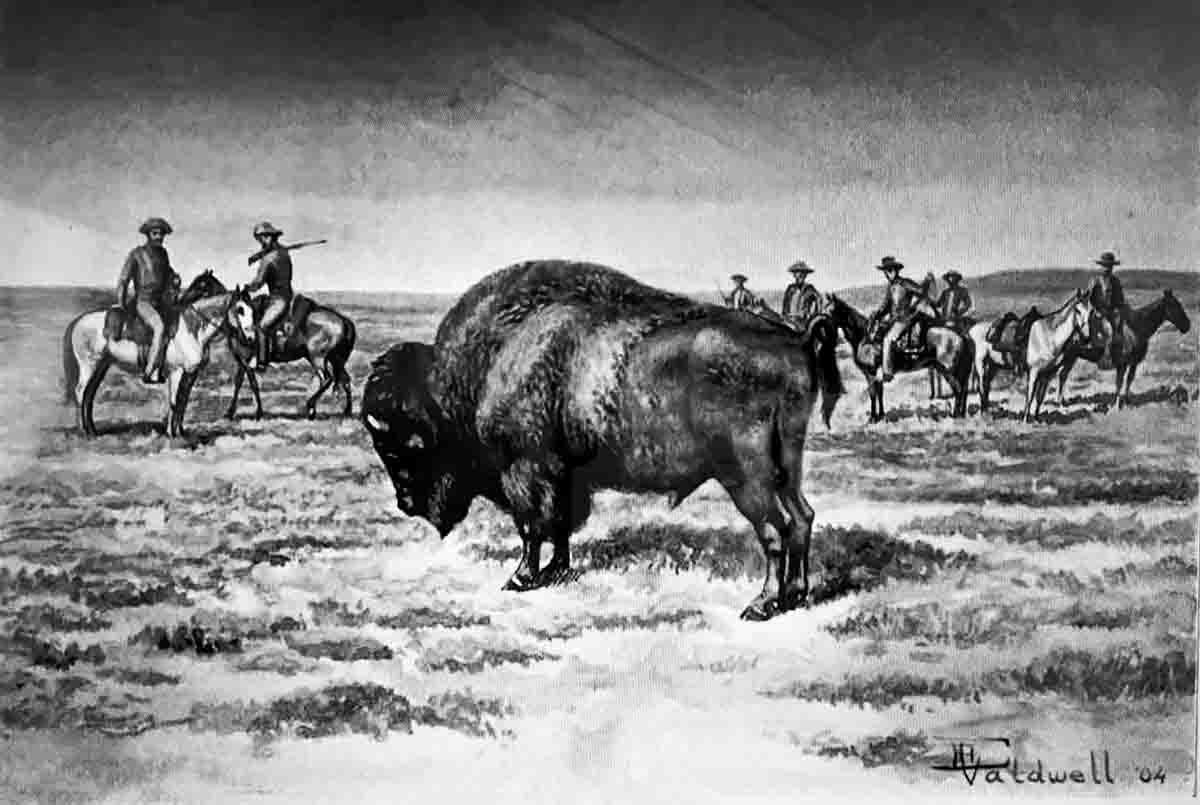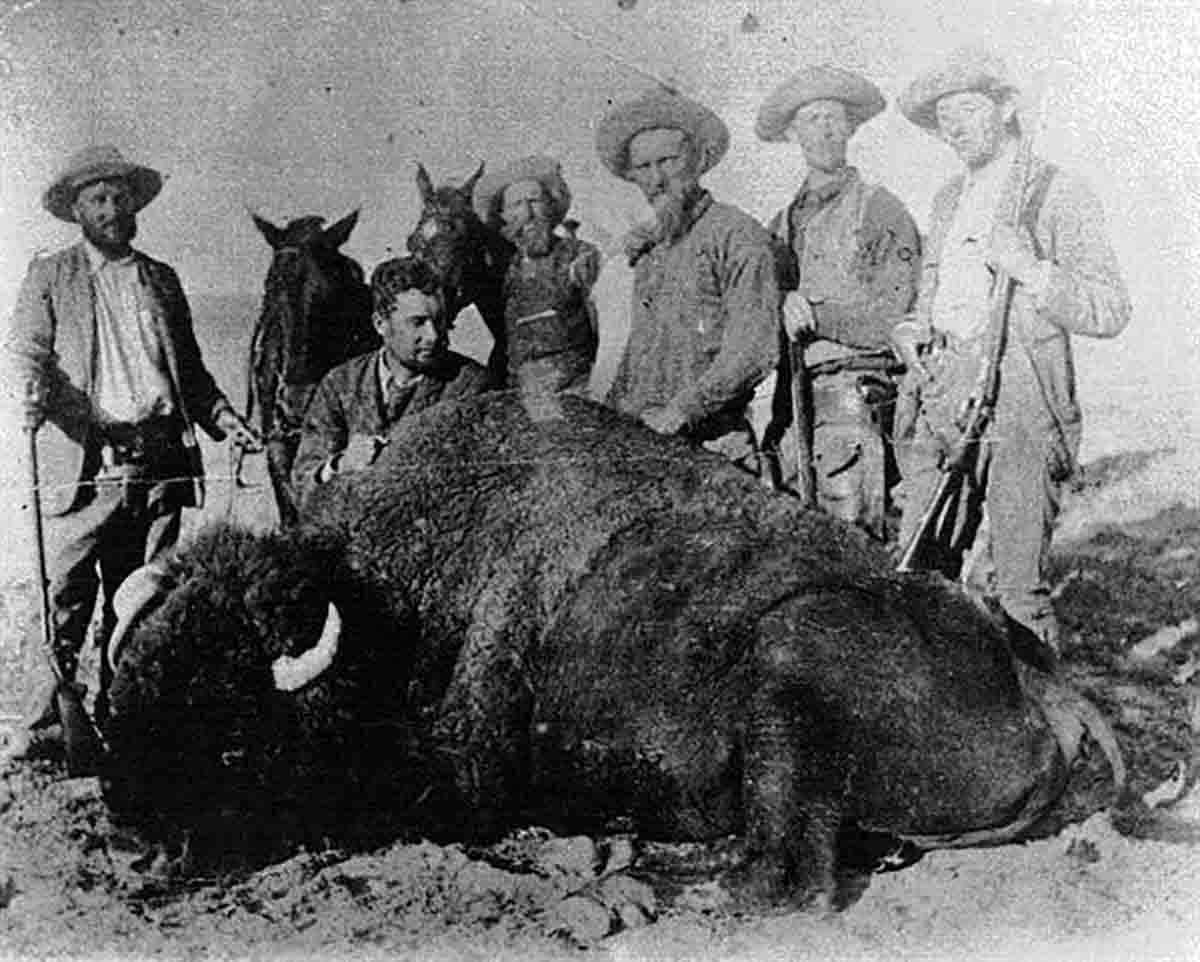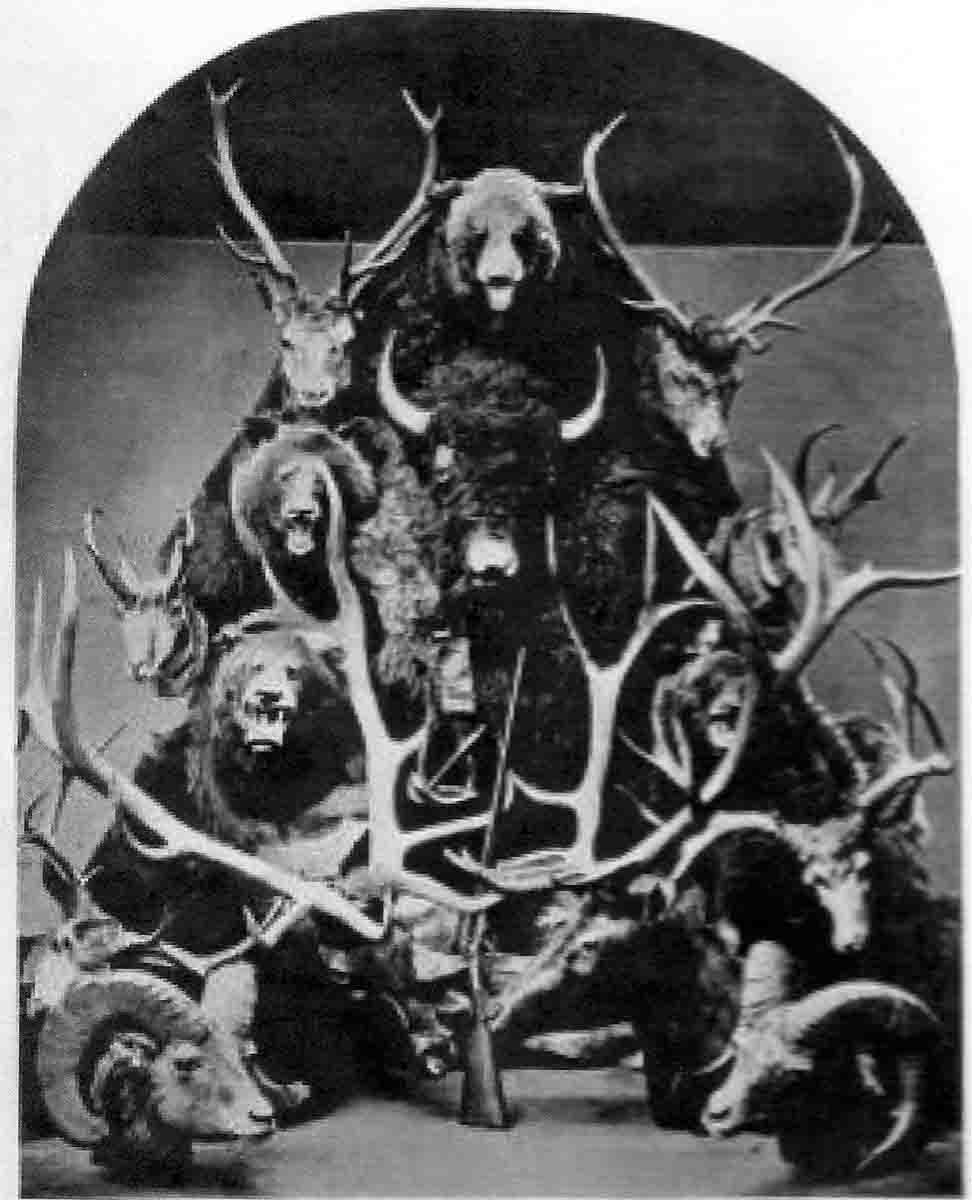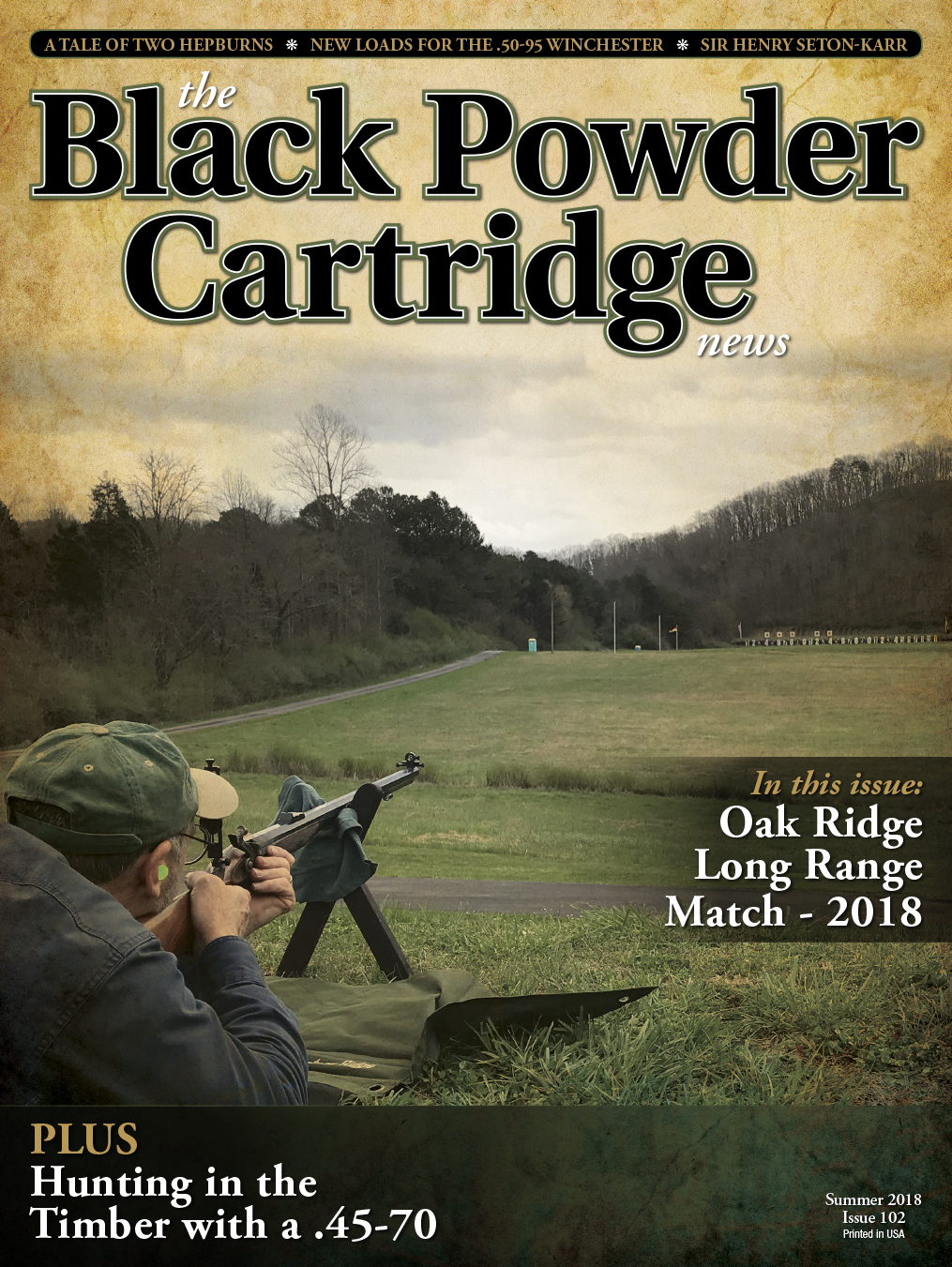Sir Henry Seton-Karr, Companion of the Order of St. Michael and St. George (CMG), Deputy Lieutenant (DL) and Member of Parliament (MP), was an English explorer, hunter and conservative politician who sat in the House of Commons from 1885 to 1906. Born on February 5, 1853, he was the son of George Berkeley Seton-Karr of the Indian Civil Service. He was educated at Harrow School and Corpus Christi College, University of Oxford where he obtained a Master of Arts in Law.

I first encountered him as “Lord Carr” in an account of buffalo hunting with Napoleon Bonaparte Earnest that was included in an article titled “British Sportsmen and Double Guns in the American West” that appeared in The Double Gun Journal (Autumn 2001). N.B. “Boney” Earnst was a true Western character who had scouted, fought Indians and was a professional buffalo hunter. Buffalo Bill Cody said of Boney Earnest that he was “ . . . two of the three greatest liars in Wyoming!” He eventually established the Pick Ranch west of Casper, Wyoming, which Seton-Karr acquired a financial interest in. Seton-Karr had hunted red stags in Norway, and when he saw the head of a bull elk in a storefront on the Strand in London, he determined to hunt one himself.

Seton-Karr on a buffalo hunt with (left to right): Lord George Travillion, Lord Fell, Frank and Boney Earnest, Charles Cummings and Lord Napier. Seton-Karr is behind the camera.
He was put in touch with Boney Earnest through a mutual friend and began to hunt in the mountainous regions of Wyoming from 1877 to 1879. His accounts of hunting and fishing were recorded in his self-published book, My Sporting Holidays (1904). Using a Purdey double rifle in .500 Express he shot 30 bull elk, 13 grizzly bears, four bighorn rams, and unknown numbers of deer and antelope. He also caught all 16 trout that he could see in a Wyoming stream. Before crying foul, we should recall that those were very different times compared to today. There are photographs, thanks to Seton-Karr’s efforts, that record of some of his trophies. On one hunt, he was in on the kill of the largest bull buffalo Boney Earnest had ever seen.

A portion of Seton-Karr’s trophies gathered in Wyoming.
Fascinated by the fact that many Westerners very openly went armed to the teeth, he penned the following: “It has been said that abolition of dueling in England has been followed by a loss of courtesy and politeness between man and man, and by a general deterioration of the outward fashion of speech and manners of society as compared with the more ceremonious intercourse of a century ago. However, there is no doubt that the law of the revolver, to some extent at all events operated to make Western intercourse polite.”
Returning from a hunting trip in Canada where he killed an average-sized bull moose, Seton-Karr was traveling first class on the ocean liner RMS Empress of Ireland when it was rammed and sank in the St. Lawrence River on May 29, 1914. In the late 1980s, a section of moose antler was recovered from the wrecked ship by an Ontario salvage diver named John Reekie.





